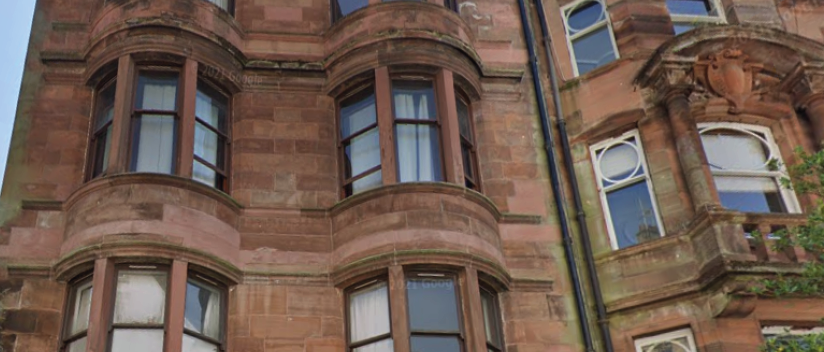Sureserve Asset Services recently conducted an “Advanced Assessment of Building Defects and the Provision of Heat” to study the performance of Far Infra-Red (IR) radiation heating in a real-world setting.
The study focused on a tenement property that had not received any additional energy efficiency measures, providing a compelling comparison against the existing gas central heating system. The findings challenge conventional heating perception, particularly in terms of heat retention and tackling structural moisture.
Heat Rack-up vs. Retention: IR vs. Gas
The study compared the rate at which each system raised the temperature to 18°C (considered “comfortable” in most circumstances), starting from a base temperature of 12.2°C for IR and 11°C for gas.
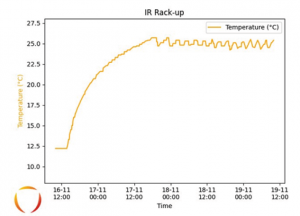
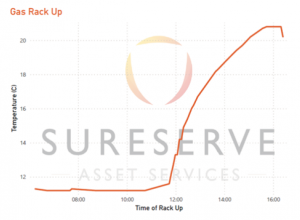
|
System |
Time to reach 18°C (Comfortable Air Temp) |
Max Temperature Achieved (Thermostat Set to 23°C) |
Time to drop back below 18°C after shutdown |
|
Gas |
1.75 hours (3.3°C per hour) |
Around 20°C (Unable to attain 23°C set by thermostat) |
3 hours |
|
IR |
6 hours (1°C per hour) |
Achieved and maintained 23°C set by thermostat |
31 hours |
While the gas system achieved the required temperature faster, the IR system demonstrated superior performance in achieving the target temperature and retaining heat. Note that the study measured air temperature and did not measure perceived temperature of the infrared.
The long drop-off rate of the IR system, which remained above 18°C for 31 hours following shut-down, is critical for efficiency. The researchers noted that due to the extended period taken for the temperature to decrease within the building elements, the use of the system on a timed basis could “achieve optimal temperatures for prolonged periods of time without continual electricity usage”.
In stark contrast, the gas system’s “accelerated rate” of heat loss meant that it would not be possible to determine an effective schedule of intermittent heating.
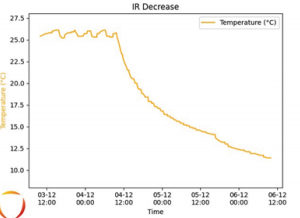
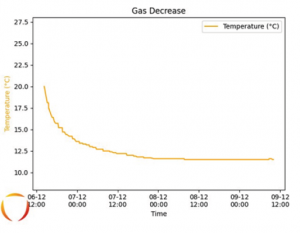
Far Infra-Red: Heating the Structure, Not Just the Air
Unlike conventional gas systems that heat the ambient air, Far Infra-Red (FIR) radiation acts as a primary heater by heating “the building structure”. A key finding of the study is that the IR system’s heating effect is “agnostic to the number of air-changes per hour occurring within the property”, meaning it is highly effective even in properties with poor airtightness.
The primary way infrared (IR) heat stores energy in a building is by directly heating the physical mass of the structure and objects, rather than heating the air. This process is fundamentally different from convection-based systems like gas central heating, which primarily warm the air.
The physical mass of the building (walls, floors, ceilings) acts as a thermal battery, storing the heat energy and releasing it slowly. This extended retention time is the key evidence of stored energy.
Far Infra-Red: A Powerful Primary Drier
In addition to its heating capabilities, the study tested the IR technology’s ability to dry the structure, noting the property had “substantial quantities of moisture” likely resulting from an incident.
The results demonstrated a significant reduction in moisture content:
- Bathroom Plasterboard: Reduced from 31% pre-install to 4.9% post-install, a difference of 26.1%.
- Hallway Floor Chipboard: Reduced from 24% pre-install to 5.7% post-install, a difference of 18.3%.
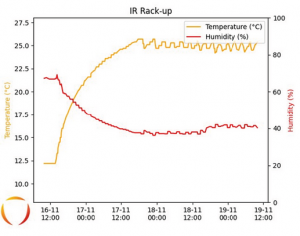
The drying process was rapid and comprehensive. The study reported that optimal drying results were achieved “within 14 days of switch on of the system”. As the property dried, the relative humidity (RH) dropped dramatically.

By regulating moisture content within the structure and fabric, the technology offers substantial relief in dwellings that may “otherwise require substantial investment to resolve identified issues”.
The Future of Combined Systems
The study concludes that when paired with a Solar PV and battery system, the IR technology could “Minimise expenditure on electricity due to micro-generation and storage opportunities”.
This combined system could deliver clean heat and potentially “defer other programmes as heat is not reliant upon airtightness”. FIR offers a potential solution for difficult-to-treat areas and deficiencies that are currently hard to identify, such as cold bridging.
Ultimately, the findings indicate that heating the solid structure, rather than the ambient air, provides a unique solution for achieving sustained thermal comfort and permanently addressing moisture and damp in challenging building archetypes.


